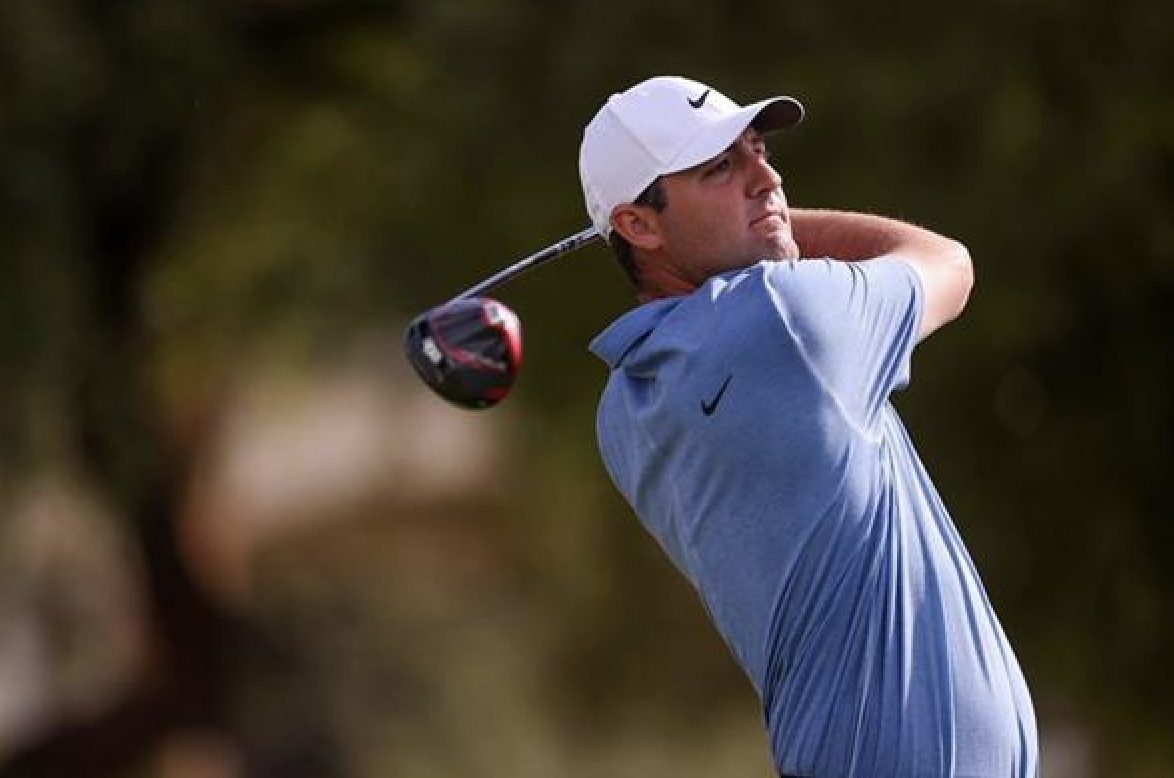Since the dawn of long-distance travel, Americans have dominated professional golf.
For context, up until the 2023 edition of the U.S. Open, 86 winners of that particular major were American. The next best country? Scotland with 14.
The same rule applies in The Masters and the PGA Championship – in the former, 63 of the 87 tournaments at Augusta National have been won by Americans.
But the Open Championship? That’s another matter entirely…
The Links Effect
As soon as the action switches to classic Links courses in Britain and Ireland, the numbers change quite markedly.
That explains why non-Americans are favoured in the latest Open Championship 2023 betting odds, with Rory McIlroy the 8/1 favourite ahead of world number one Scottie Scheffler and the likes of Jon Rahm (9/1), Viktor Hovland (14/1) and Cameron Smith (18/1) also well-liked by the market.

That’s because America has served up 45 wins in the Open Championship, but they have been outperformed – on the whole – by Great Britain and Ireland (76 wins), while Australia and South Africa have served up ten champions along the way as well. Only five of the last 15 editions have been won by an American, too.
But why? Well, perhaps it’s to do with the unique conditions on UK and Irish Links golf courses. Although the PGA TOUR does occasionally stop by coastal, wind-affected tracks, for the most part their tournaments are played at lush, parklands courses with lots of trees for protection – the same cannot be said when being buffeted by a 40mph wind at St Andrews.
A unique skillset is required to conquer Links golf courses. A low ball-flight is mandatory – those unable to hit a stinger off the tee are more susceptible to the wind, while scrambling and short game skills are also a pre-requisite.
Links golf courses tend to play firm and fast – even though the weather isn’t always that great in the British Isles, it’s amazing how quickly these coastal, sand-based surfaces can dry out. And so a different repertoire of shots is vital, such as bump and runs and even the fabled ‘Texas Wedge’ to extricate one’s self out of sticky short-sides and fashion a par-saving up and down.
Take a look at the rough at Links golf courses. It’s not lush, thick grass – instead it tends to be gnarly, tangled fescue that sticks to the club and almost takes away a player’s ability to muscle the ball out. Local knowledge is a considerable advantage.
Upsetting the Odds
The PGA TOUR collates stats and data that can range from the incredibly insightful to the downright bizarre across its dozens of tournaments each year.
Two of these offer a look at which Americans might be well suited to talking Links Golf: apex height and hang time, both of which denote players with the highest and lowest ball flights.
The higher the ranking, i.e. first and second, the higher they hit the ball – so those lower down the pecking order are the players who are comfortable hitting their drives and tee shots with a flat trajectory.
Max Homa and Xander Schauffele are two who rank ‘poorly’ for apex height and hang time, and their success comes as no surprise. Homa has twice won in the breezy state of Arizona, while Schauffele finished second at the 2018 Open Championship and has won the Scottish Open.
Another American with a low ball-flight? Scottie Scheffler, who just about seems to play well in any conditions anyway. Could he – or Schauffele or Homa – add another US victory to the famous Claret Jug this summer?
The post Links Golf: Explaining Why Americans Struggle in the Open Championship appeared first on Golf News.
Leave a comment